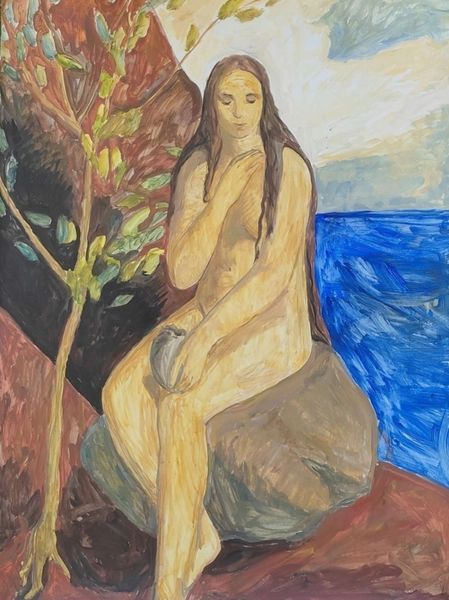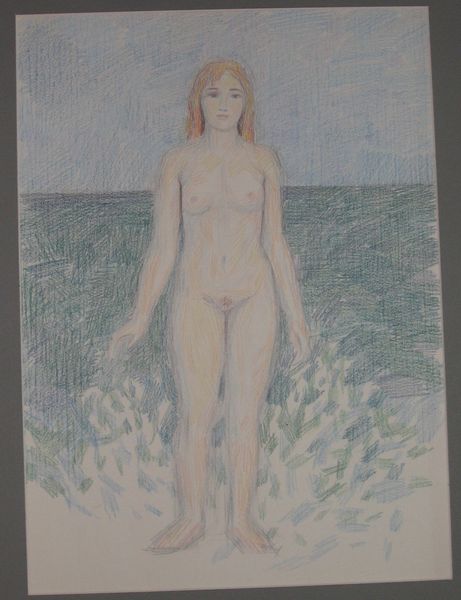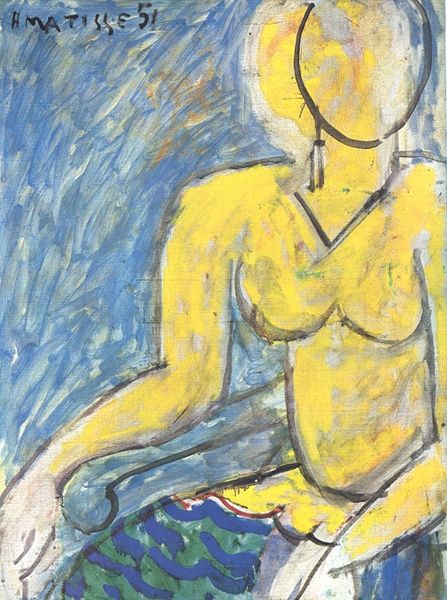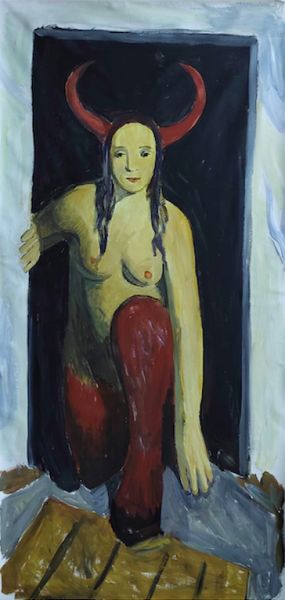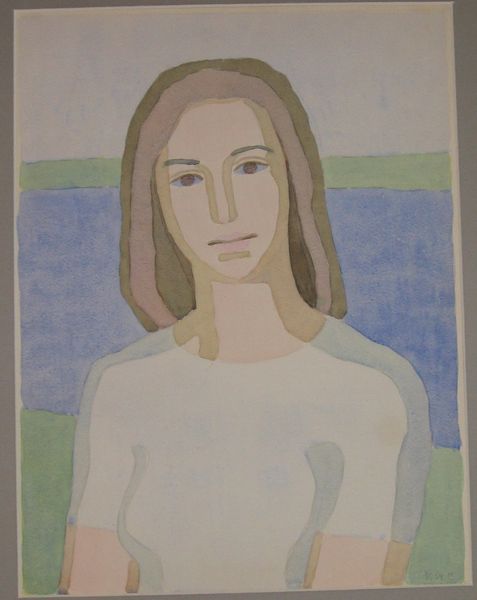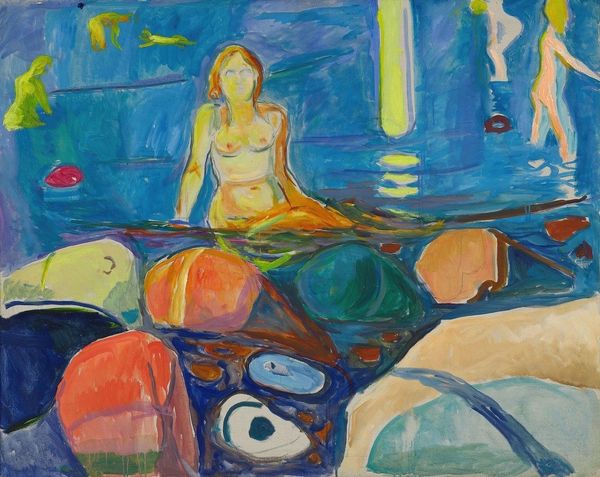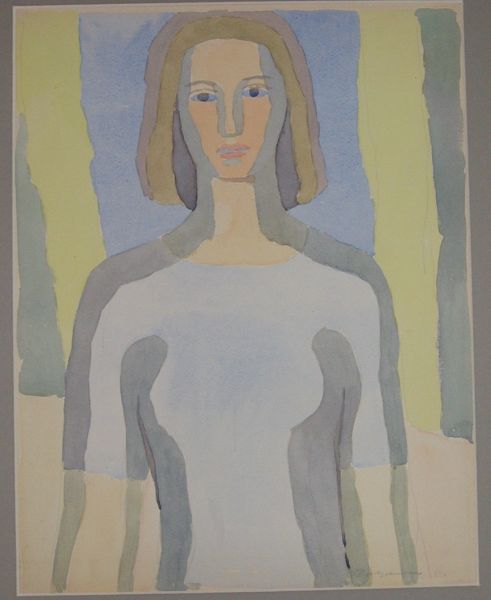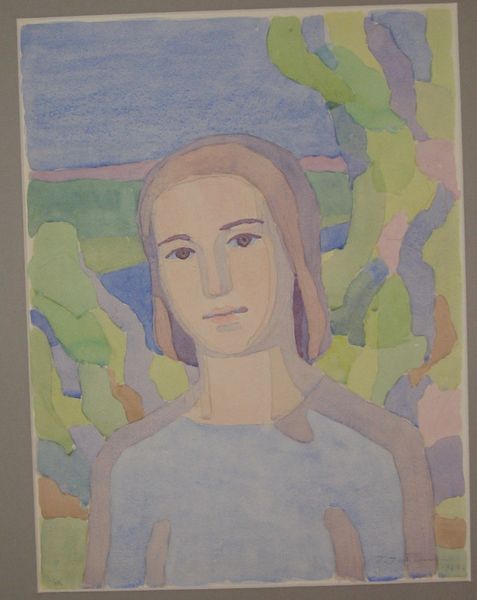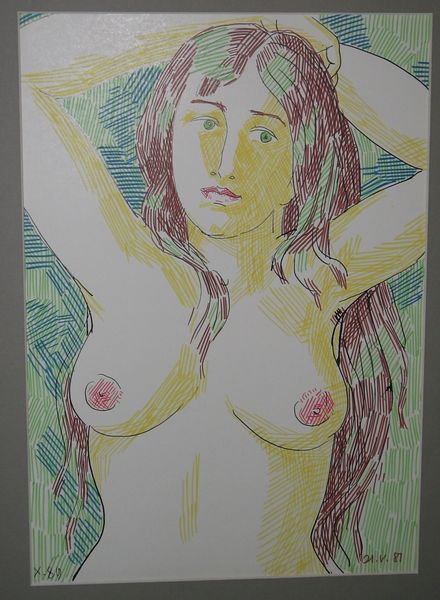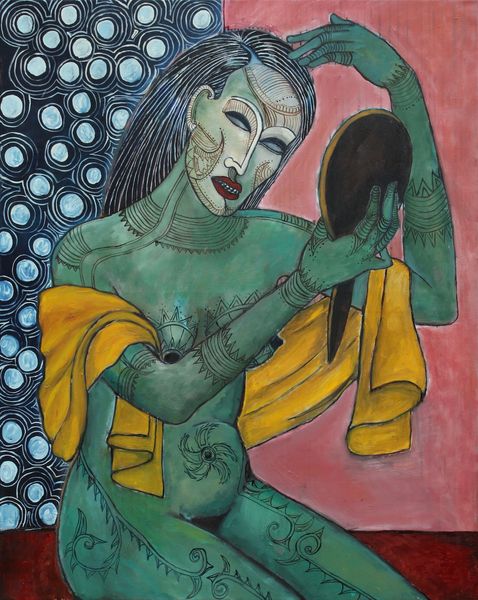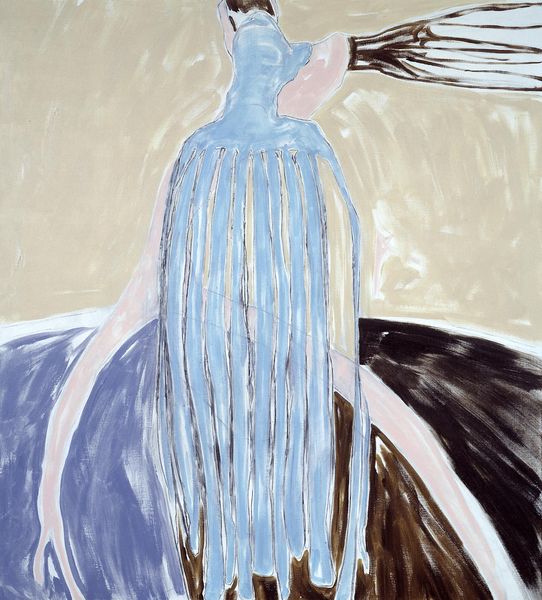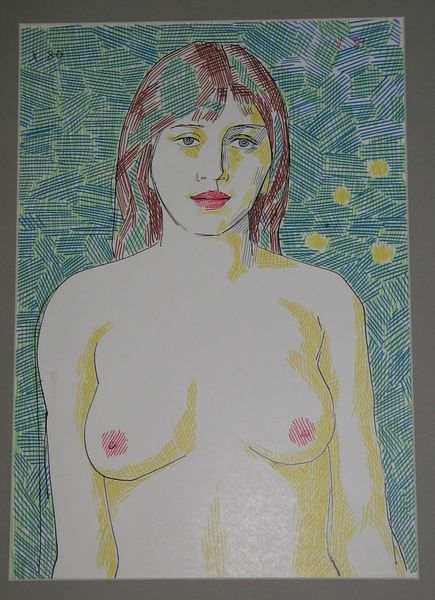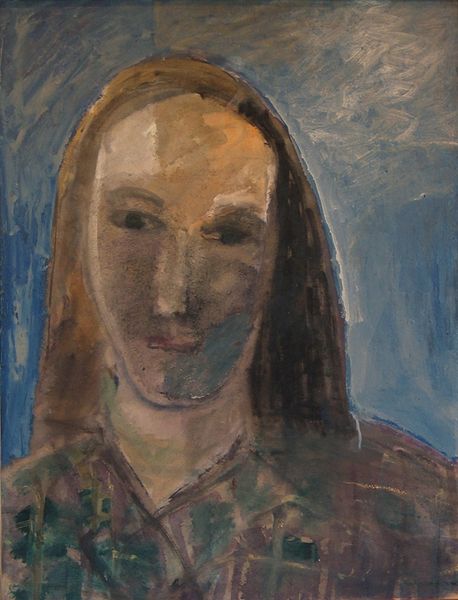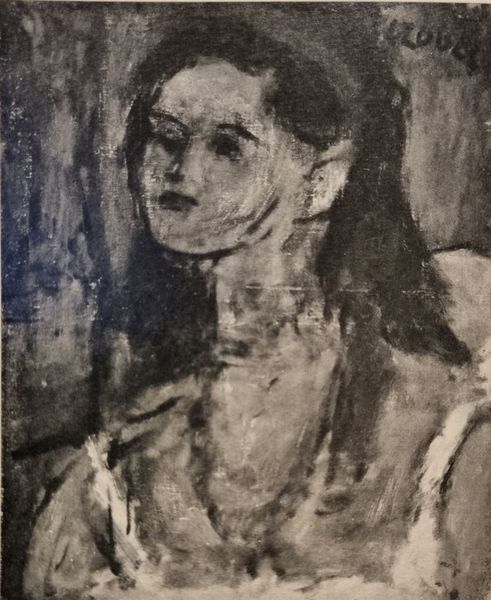
painting, acrylic-paint
#
contemporary
#
painting
#
acrylic-paint
#
figuration
#
oil painting
#
acrylic on canvas
#
nude
Copyright: Kateryna Lysovenko,Fair Use
Curator: At first glance, this is an intriguing depiction—somewhat haunting—of a mermaid. The piece, created in 2020 by Kateryna Lysovenko, is done with acrylic on canvas. Editor: There's a certain rawness to it, isn't there? The visible brushstrokes, the unprimed canvas texture peeking through. It feels almost... anti-establishment in its construction. Are we looking at the canvas itself as an artistic statement on the socio-economic value that we associate with painting, maybe even as a deliberate rejection of art’s commercial aspects? Curator: That's certainly a reading, and I think the institutional framing here adds layers to that argument. It challenges the traditional "high art" narrative. Editor: Indeed. The way the mermaid's tail is rendered—almost clumsily— juxtaposed against the subject matter which has historically been one of exotic allure or beauty challenges a legacy. And how would we describe this palette, Curator? Muted, somewhat drained and reminiscent of pre-Raphaelite paintings? Curator: Precisely. It gives it this otherworldly pallor which only enhances its effect within this context. In a time rife with global change, Lysovenko reclaims figuration. The political role this piece adopts is overt as we view it alongside conversations about human form, mythology, gender roles... and also as an acknowledgement to the past canons within our museum culture today Editor: And let's not ignore the background itself. Those fragments of markings around the painted border could be interpreted in light of current socio-cultural norms around graffiti, almost re-conceptualizing the space itself. Lysovenko uses common industrial materials of contemporary society, like commercial grade acrylic paint, which may represent an intentional nod toward material reality as it exists within cultural expression. Curator: Ultimately, viewing art becomes as vital as the actual physical production because the art object must operate within contemporary thought whether or not that act validates or rejects what society claims it should represent. Editor: A great point. Each component from its texture to color palette provokes questions of labor, material and consumption—and makes a unique comment on art world structure. It almost beckons reconsideration within historical and socioeconomic spaces which have contributed to current attitudes.
Comments
No comments
Be the first to comment and join the conversation on the ultimate creative platform.
